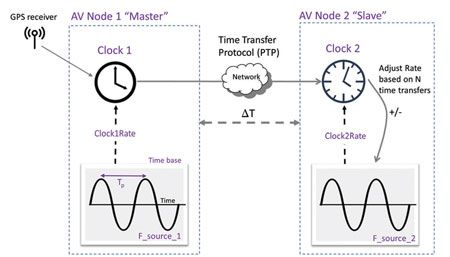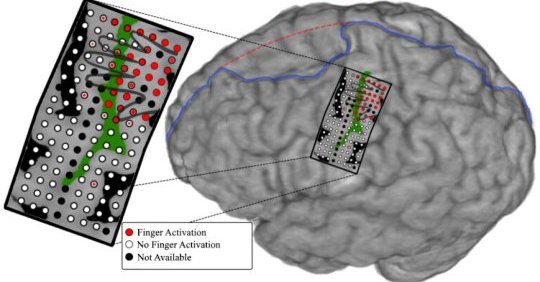Page 11423
Feb 16, 2016
This 3D ‘Bioprinter’ Creates Ears, Muscles
Posted by Shailesh Prasad in categories: 3D printing, biotech/medical
A team at Wake Forest University has used a combination of living cells and a special gel to print out living human body parts — including ears, muscles and jawbones.
It’s an advance on previous attempts, which either involved making a plastic scaffold and then trying to get cells to grow in and on it, or that printed out organ shapes that ended up being too floppy and dying.
Feb 16, 2016
How Drones Are Reshaping The World
Posted by Karen Hurst in categories: business, drones
The real question waiting to be address is how do we manage the technology to keep people safe without restricting businesses and technology progress efforts to make people’s lives better.
We look at how drones are revolutionizing the skies, and how this technology has so quickly moved from science fiction to ubiquitous reality. Airs in place of Insight on Monday, Feb 15 at 9 a.m. and 7 p.m.
Feb 16, 2016
From surveillance to smuggling: Drones in the War on Drugs
Posted by Karen Hurst in categories: biotech/medical, drones, robotics/AI, transportation
Here is a thought — we’re already seeing criminals using drones for smuggling and hackers are enjoying holding data for ransom; what is going to happen when we add self driving cars, robots, etc. to this ever growing Cyber risks? Will we see a day that we have to register our drones and other robots with a national register and do a background check on owners because these things can be used as weapons?
“In Latin America drones are being used as part of the War on Drugs as both regional governments and the US are using surveillance drones to monitor drug trafficking and find smuggling routes. However, as drones are increasingly being used by drug cartels themselves to transport drugs between countries, could Latin America find itself at the forefront of emerging drone countermeasures?”
Source: From surveillance to smuggling: Drones in the War on Drugs | Remote Control Project Blog.
Feb 16, 2016
Bedtime stories for robots could teach them to be human — By Sharon Gaudin | Computerworld
Posted by Odette Bohr Dienel in categories: education, ethics, media & arts, robotics/AI
“Researchers at the Georgia Institute of Technology say that while there may not be one specific manual, robots might benefit by reading stories and books about successful ways to act in society.”
I learned something new today; the first fax machine was built in 1860; and using the Nodal Clock for more accurate timestamping of real-time media IP signals and future event handling.
When transmitting an image from a sender to a receiver some notion of synchronization is required. In the 1860s Giovanni Caselli invented the Pantelegraph (a fax) that used a pendulum clock to regulate the transmitter’s scanning stylus and the receiver’s writing stylus.
In our day, “black-burst sync” and “tri-level sync” were used to align video signals in a facility. Now with Ethernet/IP taking the reins, synchronization may be achieved with common nodal clocks. The essence is for a “slave node” to lock its clock to a “master node” clock. Common node clocks can be used to create sync as will be shown. The SMPTE ST 2059 family of standards and the IEEE-1588 V2 Precision Time Protocol (PTP) standard are the basis for facility clocking and signal synchronization using IP networks.
Feb 16, 2016
Mind-Controlled Prosthetics: New Study Allows Patient To Move Fingers With Mind
Posted by Karen Hurst in categories: biotech/medical, cyborgs, materials, neuroscience
With the success of Graphene as a material for BMI plus the new micro stints that can travel through blood cells to the brain; prosthetic technology is only going to continue to improve to maybe even a point where some athletes may wish to have physical and endurance capabilities improved through this type of technology if it is approved and allowed by the various athletic associations.
A team of researchers has demonstrated the first-ever successful prosthetic arm that can control individual fingers with thoughts.
Feb 16, 2016
Extremely severe bug leaves dizzying number of software and devices vulnerable
Posted by Karen Hurst in category: cybercrime/malcode
Another possible breach risk uncovered.
Since 2008, vulnerability has left apps and hardware open to remote hijacking.
Feb 16, 2016
Experts predict dinosaurs could return to Earth
Posted by Karen Hurst in category: bioengineering
Anyone remember growing up watching on Saturdays “Land of the Lost” — well your kids or even grandkids may get to experience it in real life in 2050.
BOFFINS have predicted the future in a new study and claim extinct species such as dinosaurs and the dodo could be revived.


















